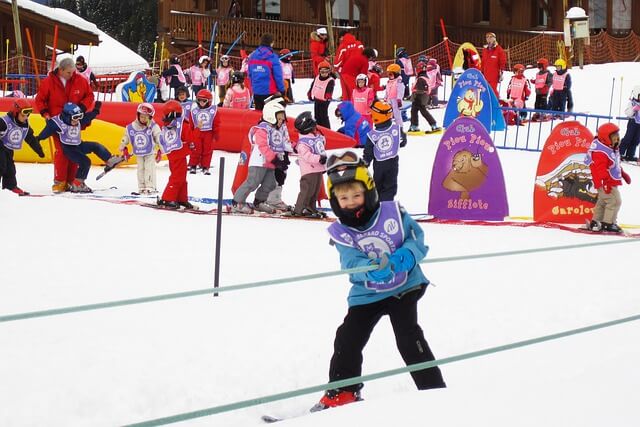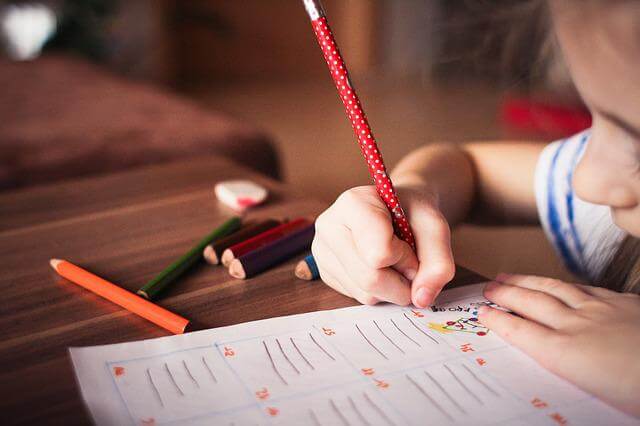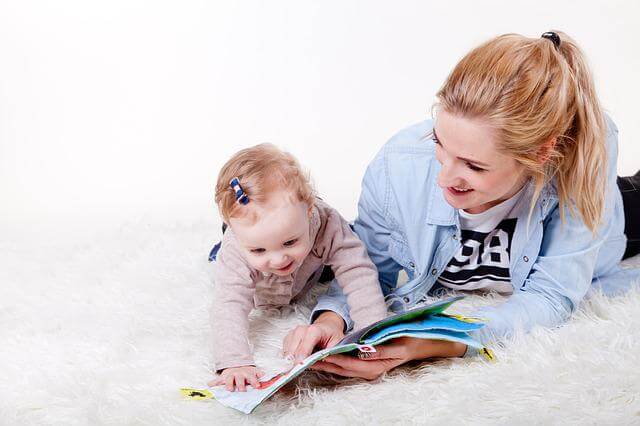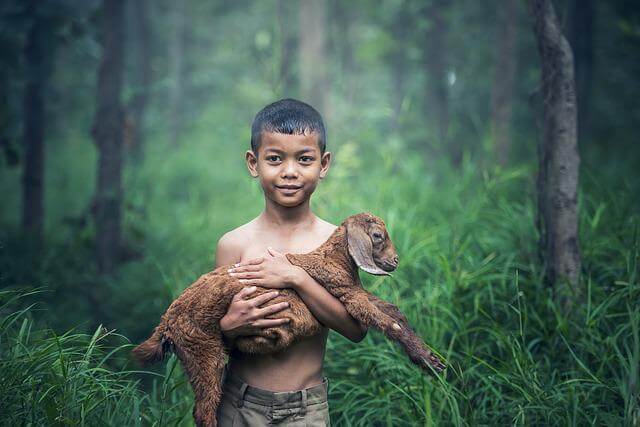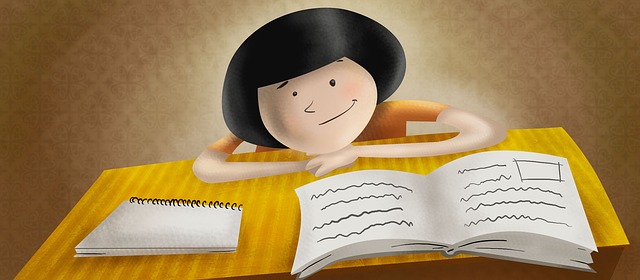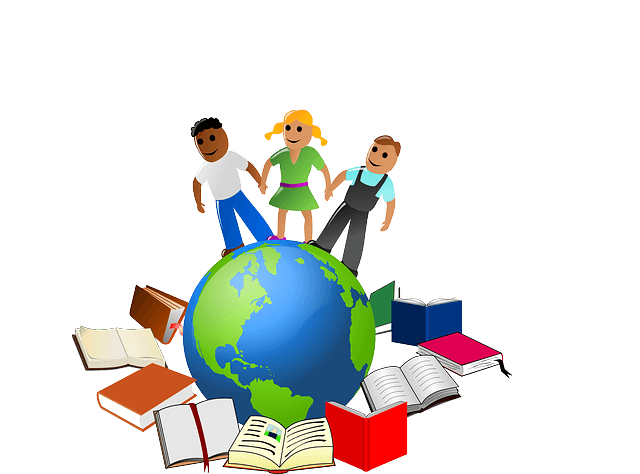child’s emotional
المقررات الدراسية موسومة بـ "child’s emotional"
Factors and skills involved in a child’s emotional
In this course, learn about the factors and skills involved in a childs emotional development.
Introduction
The emotional development of children relies on the relationship of the children with their carer or carers.The basis of the children’s emotional development is feeling:
· Loved
· Cared for
· Safe
· Supported
Under the above circumstances, children can learn how to love, control their feelings, show empathy, build strong relationships and care for themselves and other people.
You will learn
- List the areas of a child's development
- Understand what emotional development involves
- List the emotional skills involved in a child's emotional development
- Identify the factors that affect the emotional development of children
Imaginative Play and Their Role in Learning
Learn about the 4 different types of imaginative play and how children of different ages play imaginatively.
Introduction
Creative thinking and imaginative play are linked to the way children, from birth to 5 years of age, learn. Children learn from the world around them and from using their senses (meaning sight, sound, taste, touch and smell), while playing. Imaginary play helps children understand and use all the information they get through their senses.Imaginative play is when children are role-playing situations that they find interesting.
The most important benefit (meaning to gain an advantage in something) of imaginative play is that it prepares children for situations that they will have to face when they get older. It is a safe way for children to practice growing up, as they just pretend.
You will learn
- Understand what imaginative play is
- List the 4 different types of imaginative play
- Distinguish between the 4 different types of imaginative play: domestic play, fantasy play, superhero play and small world play
- Understand how children of different ages play imaginatively
Skills Involved in a Child’s Language Development
Understand the skills involved in a child's language development.
Introduction
The language development of children is central to their social and emotional development. Through language development, children become capable of understanding, listening, talking and communicating their needs, feelings and emotions.There are 2 main areas of language:
• Receptive language, where children listen and understand what is said to them or around them
• Expressive language, where children communicate their needs, thoughts and emotions; expressive language may be written, spoken or signed (sign language)
As in any other area of development, every child will develop their language skills in their own way and at their own rate.
You will learn
- List the areas of a child's development
- Understand what language development involves
- List the skills involved in a child's language development
The Factors Involved in a Child’s Social Development
In this course The Factors and Skills Involved in a Child’s Social Development, you will learn and understand what social development involves, the emotional skills involved and identify factors that affect the social development of children.
Introduction
Social development is an important part of a person’s life. Successful social development helps people live a fulfilling life, one that can be shared with family, friends, co-workers and acquaintances.
The social development of children is closely linked to their emotional development. Through play children learn that it is good to be with other people. When babies and toddlers play with adults, they learn that they can trust people. When young children play with each other they understand that they are happier when they are with their friends.
Social skills consist of the verbal and non-verbal communication between people. It includes the way people speak, make gestures and facial expressions, and their body language. Children that learn how to develop and use these skills can behave appropriately in social situations and follow social rules.
You will learn
- List the areas of a child's development
- Understand what social development involves
- List the emotional skills involved in a child's social development
- Identify the factors that affect the social development of children
Role of the Senses in Learning
In this course learn about each of the five senses and how they help children learn.
Introduction
Children learn through everything in their surroundings (meaning the world around them). In order to do that they use their senses:· Sound
· Touch
· Sight
· Taste
· Smell
You will learn
- Identify the five senses
- Identify how the senses help children learn
The Role of Sensory Aids in Learning
In this course, learn about sensory aids, how they can be used for stories and rhymes by the adult and child and the adult's role in storytelling and singing rhymes.
Introduction
Storytelling and rhymes help children learn in many ways. Storytelling and singing rhymes can become more enjoyable for children when adults use sensory aids. Sensory aids (sensory meaning something that has to do with the senses, such as sight, sound, touch, taste and smell, and aid meaning to help or support someone or something) are materials that stimulate (meaning to increase or raise levels of activities) the senses, for example sight, sound, touch, taste, and smell.
You will learn
- Name a few sensory aids and understand what sensory aids are and how they can be used for stories and rhymes
- Use puppets, picture cards and props to tell stories and rhymes
- Use sensory aids during storytelling and rhymes
- Help children take part in storytelling and singing rhymes
- Create storyline baskets
- Understand an adult's role in storytelling and singing rhymes
The Role of Music in Learning
Introduction
Music is very important for all childern.The ancient Greek philosopher ( considered to be one of the greatest philosophers, born in 384 BC), said that “Music has a power of forming the character and should therefore be introduced into the education of the young.” (Character means the qualities, such as temperament, that make a person).
Since then, the importance of music in child development has been proven by many scientists. Music is now an important part of the education (school) system.
Children can enjoy music by:
• Listening to music
• Singing
• Playing an instrument
• Dancing to music
You will learn
- Identify the ways that children enjoy music
- Understand the physical, academic, emotional and social benefits of music
- Choose appropriate music for babies, toddlers and young children
The factors that affect chid physical development
In this course learn about the factors which can affect a childs physical development.
Introduction
Physical development starts with infants and continues to adolescence. It includes:· Growth
· Motor skills
Growth is the physical changes that happen to a child, such as changes in weight, height and appearance.
Motor skills include gross motor skills and fine motor skills. These skills give children control over their body. They give, for example, coordination, the ability to walk or jump and the ability to use scissors.
Every child develops in their own way and at their own rate. As a child’s physical development progresses normally, the child becomes more confident which also benefits their social and emotional development.
Definitions
Adolescence – The time when a person develops from a child into an adult (usually through their teenage years), following the onset of puberty
Motor skills – Movements or actions
Appearance – The way someone looks
Gross motor skills – Bigger movements or actions
Fine motor skills – Small movements or actions
Coordination – Moving different body parts smoothly
You will learn
- List the areas of a childs development
- Understand what physical development involves
- Identify the factors that affect physical development
Skills involved in a child physical development
In this course learn about what physical skills are involved in a childs physical development.
Introduction
Prenatal care:Is the healthcare that is given to pregnant women, during their pregnancy
Is important, in order to ensure the birth of a healthy baby
Ensures that the baby is not exposed to harmful substances that can influence the baby’s development, such as tobacco, alcohol and drugs.
Heredity:
Means that the information in the genes of the parents determines the physical development of a child
Defines a child’s height; for example, a child that is born into a family where both parents and all grandparents are short will not be tall
You will learn
- List the areas of a childs development
- Understand what physical development involves
- List the physical skills associated with a childs development
- Understand how to improve the physical skills associated with a childs physical development
Factors Involved in a Child’s Language Development
In this course, you will understand the adult's role in a child's language development.
Introduction
The language development of children is central to their social and emotional development. Through language development, children become capable of understanding, listening, talking and communicating their needs, feelings and emotions.There are 2 main areas of language:
• Receptive language, where children listen and understand what is said to them or around them
• Expressive language, where children communicate their needs, thoughts and emotions; expressive language may be written, spoken or signed (sign language)
As in any other area of development, every child will develop their language skills in their own way and at their own rate.
You will learn
- List the areas of a child's development
- Understand what language development involves
- Understand the adult's role in a child's language development
Skills involved in a child's intellectual development
In this course Factors & Skills Involved in a Child's Intellectual Development, learn and understand what intellectual development involves, the skills involved and the factors that affect the intellectual development of children.
Introduction
The intellectual development of children is what helps them to understand the world they live in. Intellectual development consists of all the things that help children:• Think
• Remember
• Learn
• Solve problems
• Organise
Every child develops in their own way and at their own rate. As a child’s intellectual development progresses normally, the child becomes more confident, which also benefits their social and emotional development.
You will learn
- List the areas of a child's development
- Understand what intellectual development involves
- List the intellectual skills involved in a child's intellectual development
- Identify the factors that affect the intellectual development of children
Revision on Childcare -1
The Revision
Answer all questions covering the subject of childcare, speciafically how children learn through their senses, sensory play and investigation, stories and rhymes with the help of sensory aids, music, science, imaginative play and playing outdoorsObjectives
You will answer 24 questions covering the
whole subject of childcare and specifically how children learn through:· Their senses, sensory play and investigation
· Stories and rhymes with the help of sensory aids
· Music
· Science
· Imaginative play
· Playing outdoors
Revision on Childcare -2
This is revision session, and will test your knowledge of the subject of childcare - part 2.
The Revision
Answer all questions covering the subject of childcare, speciafically how children learn through their senses, sensory play and investigation, stories and rhymes with the help of sensory aids, music, science, imaginative play and playing outdoorsObjectives
You will answer 28 questions covering the whole subject of childcare and specifically about children’s:· Physical development
· Intellectual development
· Language development
· Emotional development
· Social development
How Children Learn Through Rhymes
In this course you will learn what rhymes are, how they benefit children and how to identify which types of rhymes babies, toddlers and young children enjoy.
Introduction
Nursery rhymes are short poems written for children and are often one of the first experiences children have with written words.
Rhymes, like stories, have a beginning, a middle and an end. The difference between stories and rhymes is that rhymes have repetition and rhythm. Repetition means that the rhymes will have words repeated that have already been said or written. Rhythm is created because of the repetition of the same sounds.
You will learn
- Explain what rhymes are
- Understand how children benefit from rhymes physically, academically, emotionally, socially and cognitively
- Identify which type of rhymes babies, toddlers and young children enjoy





